5 Carbon Dating Facts for Your Curiosity
Marking the radiocarbon revolution, the carbon dating method has been instrumental in archaeology & paleontology in dating ancient artifacts.
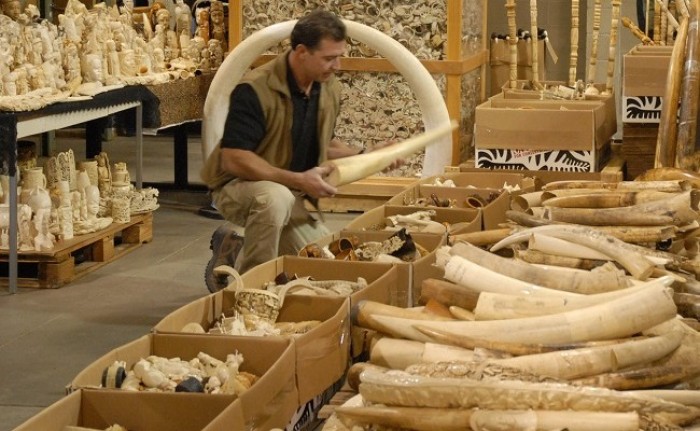
Prior to the 20th century, estimating the age of ancient fossils or artifacts was considered a job of a paleontologist or archaeologist. The age of silt layers or rocks was found which served as a reference to estimate the age of an artifact or a fossil. Although, a relic discovered in frozen ice, caves, or places whose age remains unknown made it hard to date it in an accurate manner.
So when the process of carbon dating was proposed, the nuclear physicists could determine the approximate age of ages-old objects, fossils, and extinct materials. One of the mindblowing uses of radioactivity, carbon dating is based on the decay rate of carbon’s radioactive isotope C-14 that is absorbed by all the living organisms while alive. Once they die, no additional C-14 gets accumulated and all the C-14 amount already present decays to N-14 making radioactive emissions.
Now let’s know some facts about carbon dating here.
1. The Pioneering Radioactive Dating Research of 1907 Used Uranium-Lead Dating Method
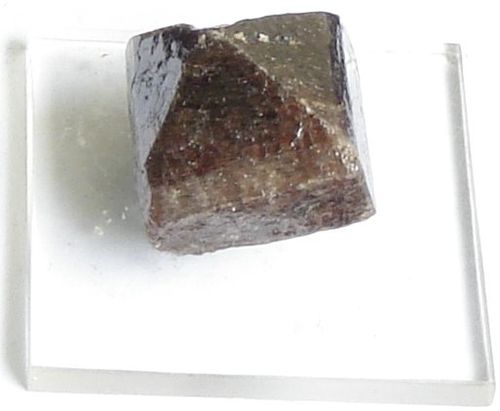
The American chemist Bertram Boltwood was the radiochemistry pioneer who proposed that rocks containing radioactive uranium could be dated by measuring the lead amount in them. That’s because uranium converted into lead during radioactive decay took a long period of time. Hence, the amount of lead was directly proportional to its age, meaning, the older the rock the more lead it had.
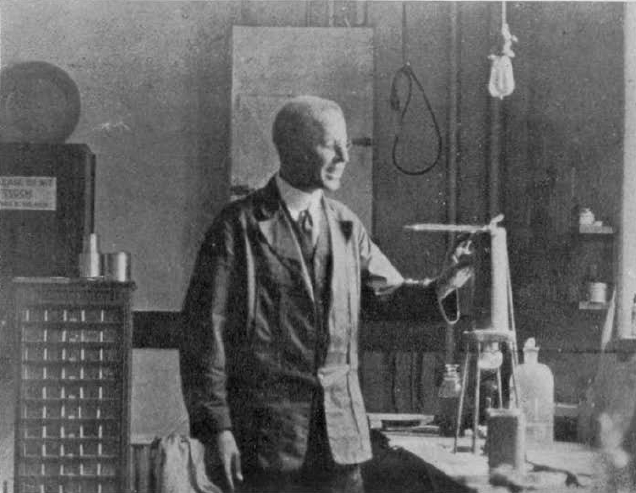
So Boltwood used the method of radioactive dating for accurate estimation of Earth’s age. Even though this uranium-lead dating method could only be used for samples containing uranium, it did help pave the way for carrying out further research on this dating.
2. The First Method for Dating Organic Objects Using C-14 Was Developed by Willard Libby (1940)
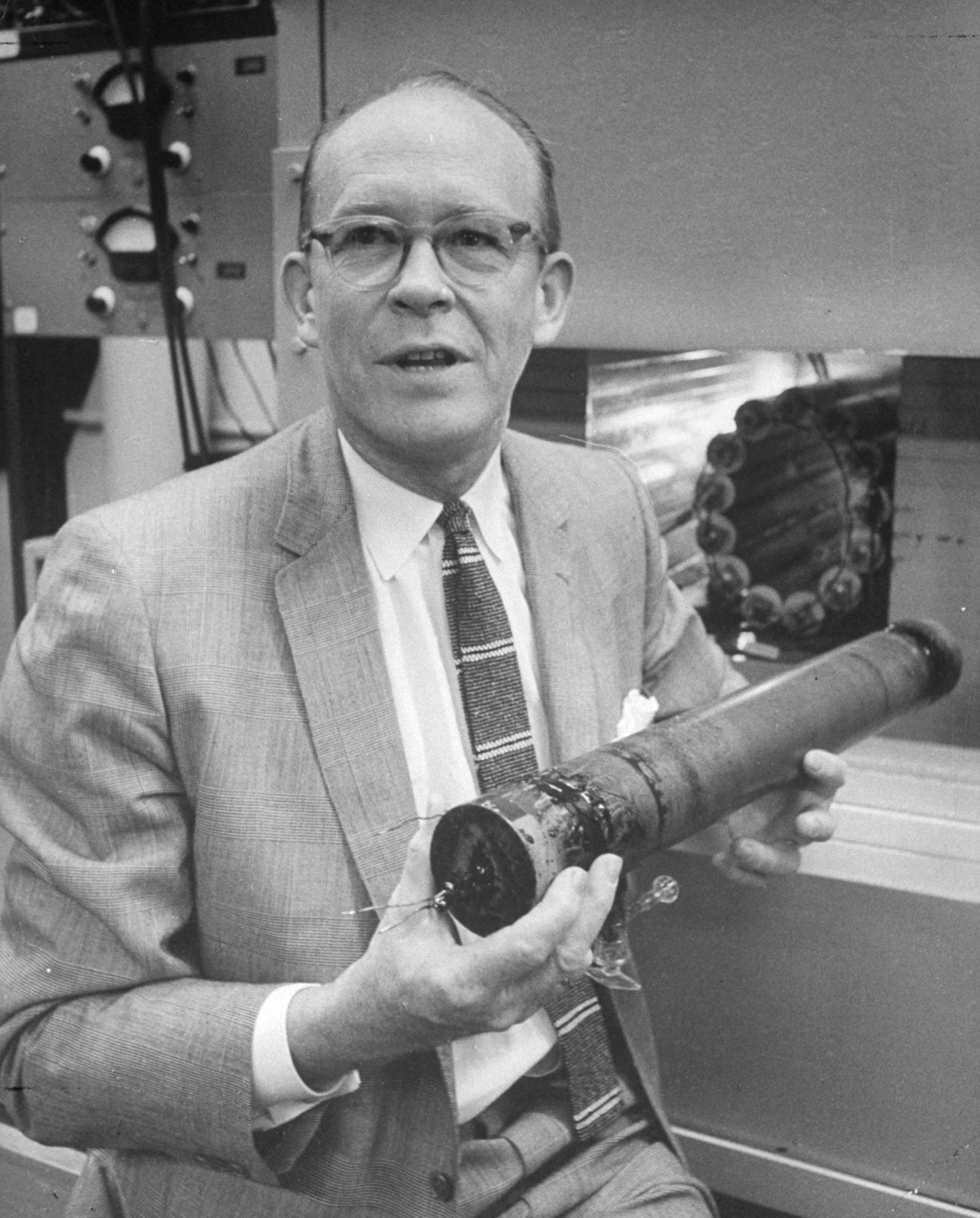
The first-ever method for dating organic material (remains of plants and animals) was developed using by American scientist Willard Libby in the late 1940s. Intrigued by the properties of radiocarbon C-14 (the radioactive isotope of carbon), Libby pioneered the method of radiocarbon dating. In 1960, Libby even went on to win Nobel Prize in Chemistry for this pathbreaking scientific method.
3. Egyptian Artefacts’ Age was Tested With Carbon Dating Method & Reliable Results Were Achieved
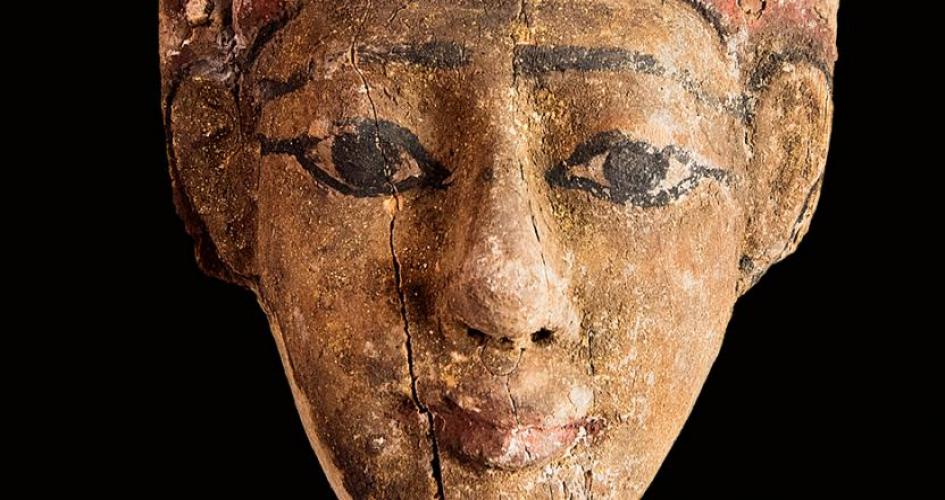
The samples of Egyptian artifacts, whose age was already known, were tested by the carbon dating method in the early years. Libby got quite reliable (if not much accurate) results from this dating test.
4. The Carbon Dating Method Was Found to be Accurate for Up to 70,000-Year-Old Artifacts
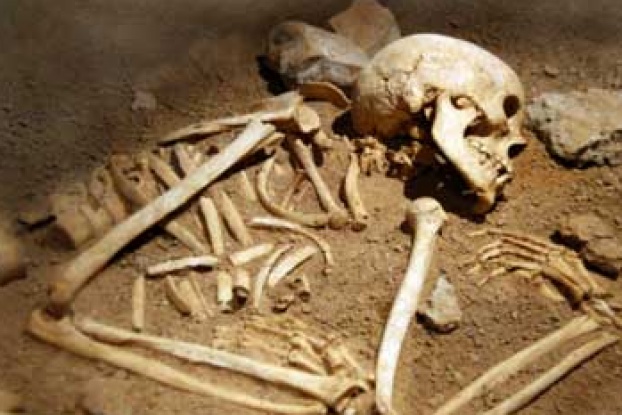
Eventually, Libby was able to determine the age of an object up to 50,000 years with a precision of ± 10%. And this revolutionary method of radiocarbon dating or C-14 dating was used by several scientists for the estimation of the age of ancient artifacts. They found that it was accurate for samples older only up to 70,000 years as the objects older than this contained way too little C-14 for detection.
5. In 1939, Use of Cyclotron in C-14 Dating Helped in Dating Samples as Old as 100,000 Years
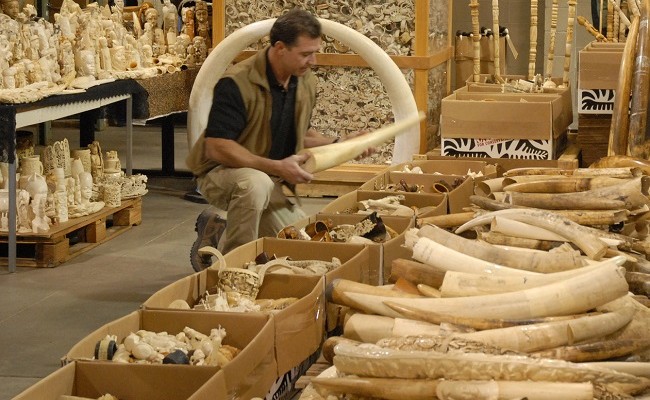
The scientists improved their equipment for the detection of these elements. In 1939, the cyclotron particle accelerator was used as a mass spectrometer which helped in dating samples as old as 100,000 years.
Popular Posts
What Is Trypophobia – A Disgust More Than Fear
"I can't really face small, irregularly or asymmetrically placed holes, they make me like, throw up in my mouth, cry a little bi...
Chandan Roy
16 Interesting Facts About Ambidextrous People
A lefty or left-handed uses his left hand more naturally and dominantly than the right hand. And the righty or right-handed is o...
Ethan Stephans
20 Interesting Facts About Meteoroid, Meteor and Meteorite
Watching celestial objects is a true delight. It is still fun to catch a sight of shooting stars when we grow up. A second of th...
Swati Bhandari








